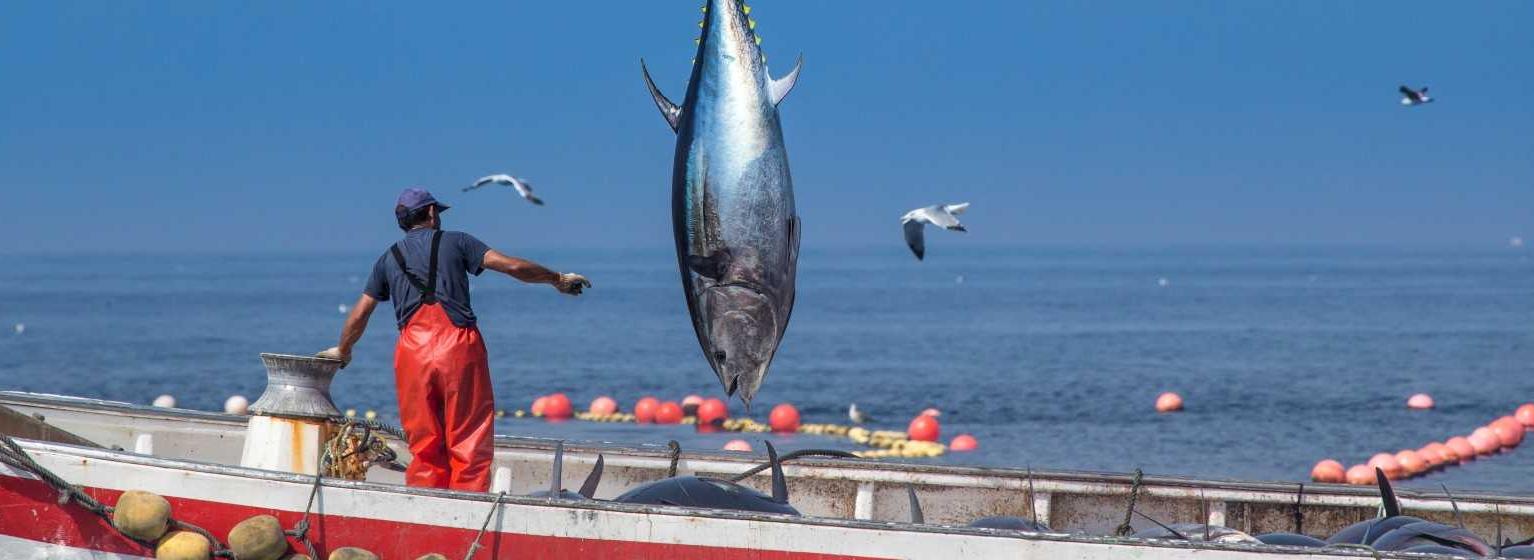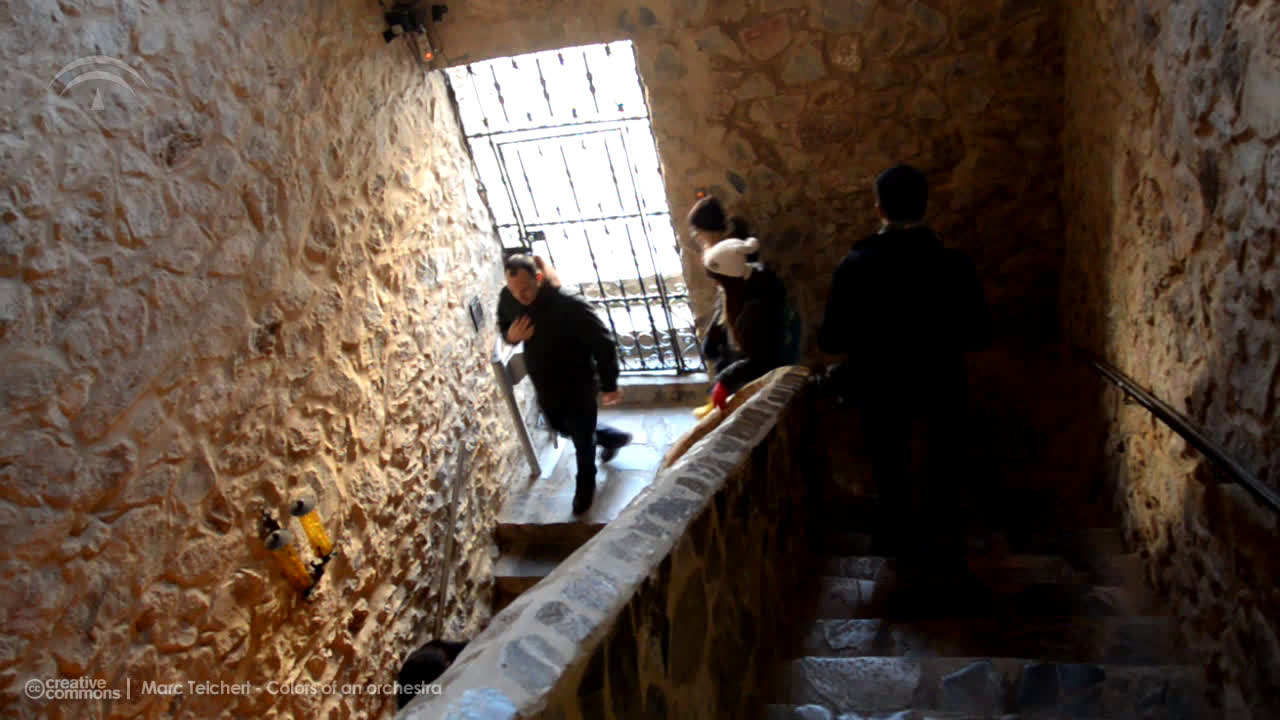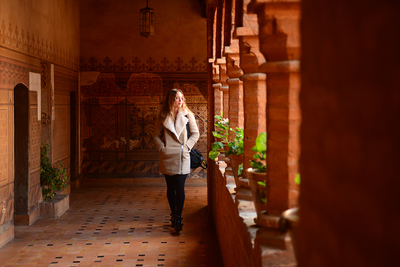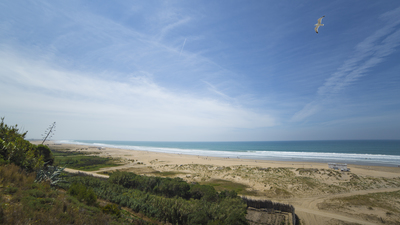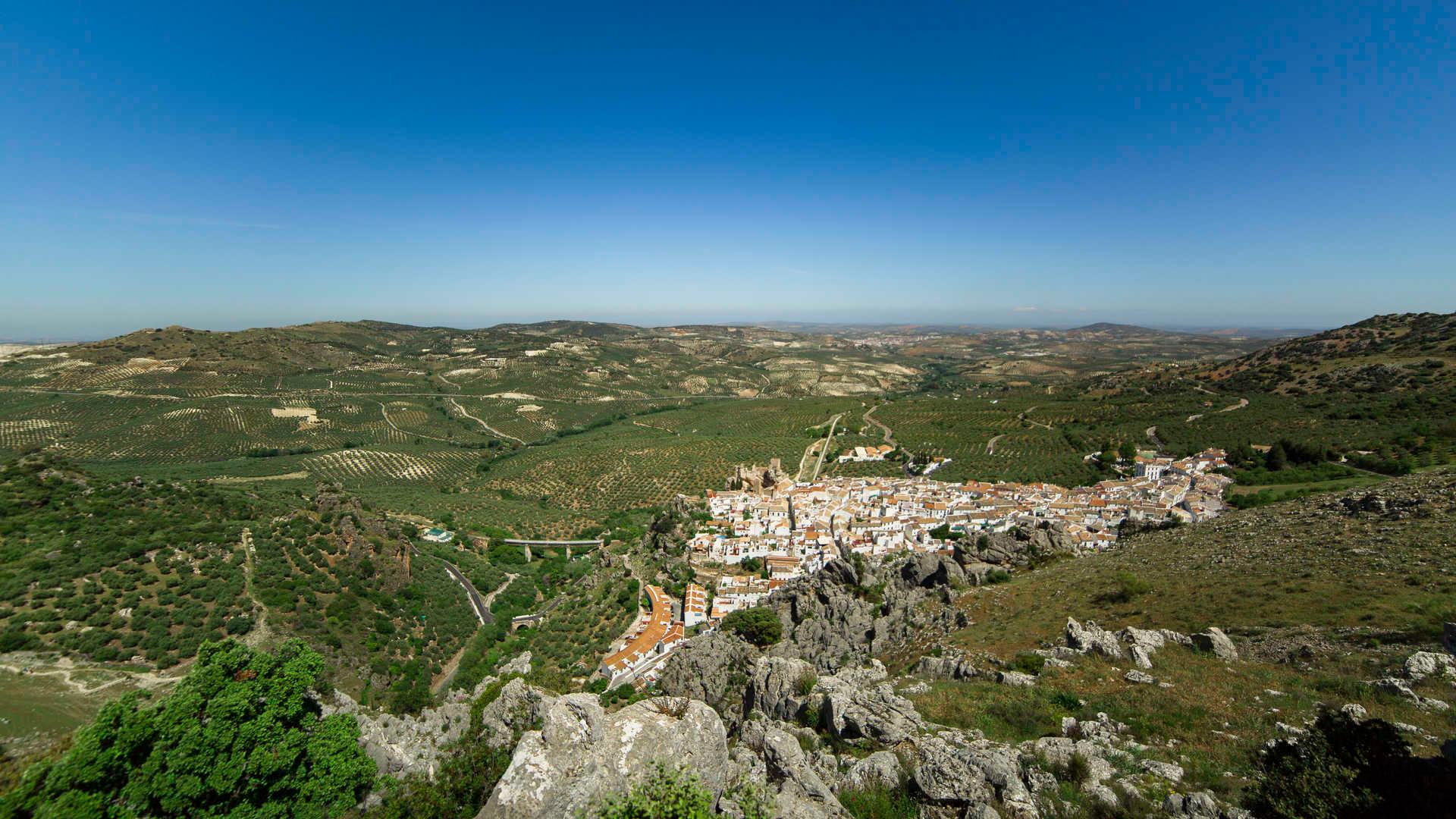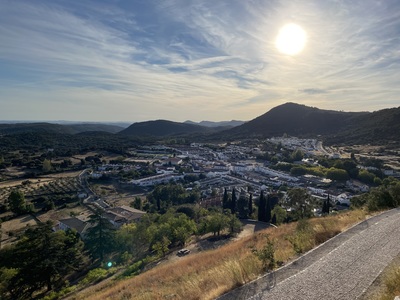Industrial heritage in Nerja, Maro and Frigiliana
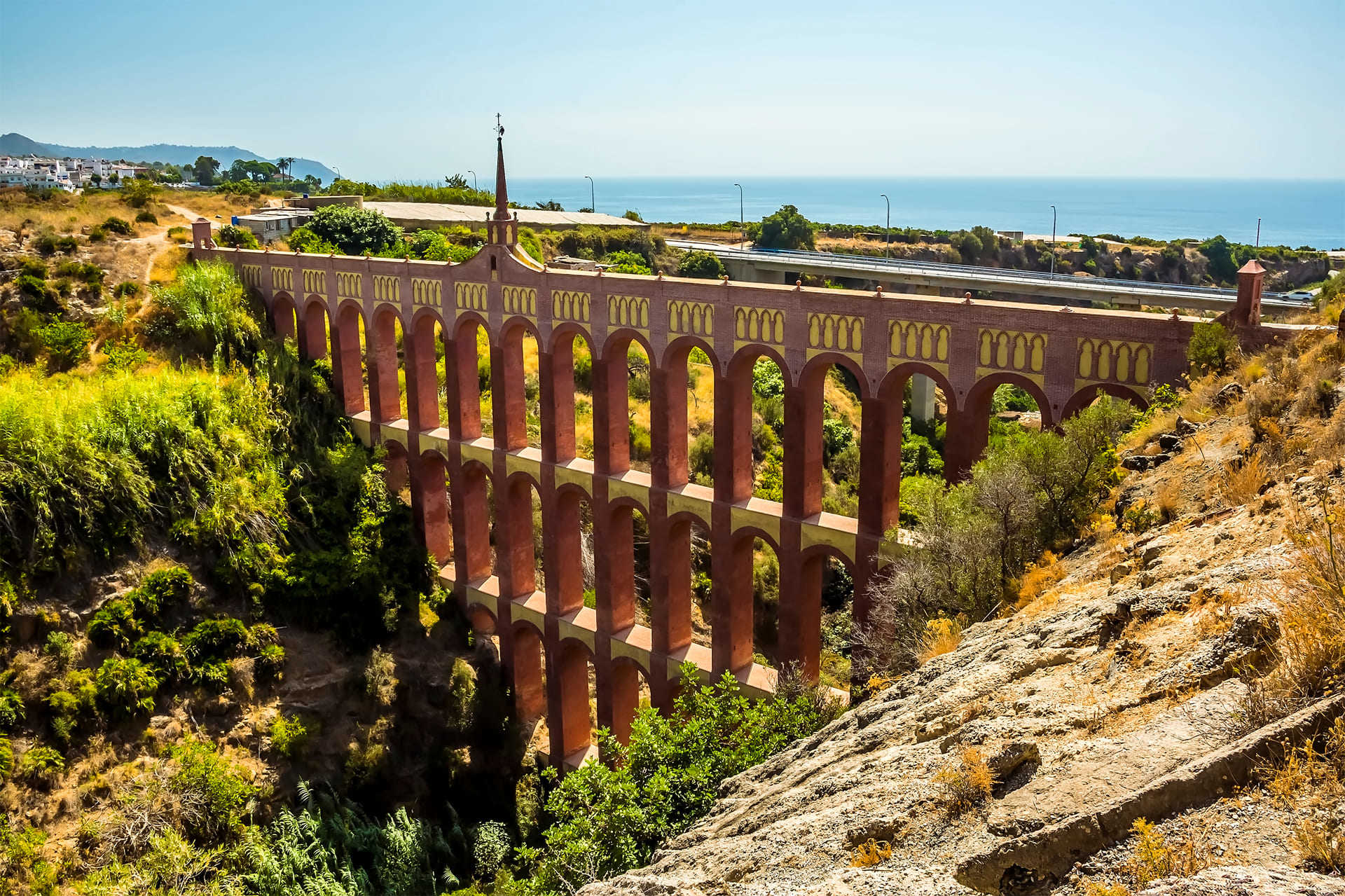
For centuries, the Costa del Sol was the Costa del Azúcar (Sugar Coast), or at least that would have been a more correct name. There were dozens of mills producing cane honey, sugar and rum, some built as far back as the 16th century. But none display such extraordinary engineering and monumentality as that achieved by the well-preserved El Águila in Maro, where there was a splendid aqueduct to bring the water that was required.
There are records of this industry dating back to 1496, with the presence of this crop included in the "Libro de los Repartimientos" (Official Distribution Book) in Vélez Málaga. But the boom in the production of sugar came in the 16th century, when there were as many as 34 sugar mills in Málaga. At the end of the 1960s, in the midst of the tourist boom, this region still produced 115,000 tons of sugar cane. The last sugar factory in Málaga closed in 1994.
But one trace of the remarkable industrial heritage still remains and this is the El Águila Aqueduct. Although it is generally recognised to be related to the construction of the San Joaquín sugar mill in Maro in 1889, the project possibly originated before this with a view to distributing water for irrigation in the areas to the west of Maro. It is well preserved and this enables its dimensions to be appreciated, which is one of the reasons why it has been protected since 1969 in recognition of its monumental values. Throughout the region you can still see quite a number of sugar mills and chapels, from Maro, Vélez-Málaga, through Nerja, Frigiliana, Torrox, Torre del Marand and Benamargosa.
There is still one place where, year after year, they continue to grow sugar cane. Like a huge old titan refusing to bend its knee. In Frigiliana the sugar mill of Nuestra Señora del Carmen is still in operation. It is currently the only cane honey factory still active in Europe. It has been operating uninterruptedly since 1630, and every year it produces 500,000 kilos of sugar cane juice concentrate, the legal name for cane syrup. You will fall in love with the sweetness of this exceptional town!


